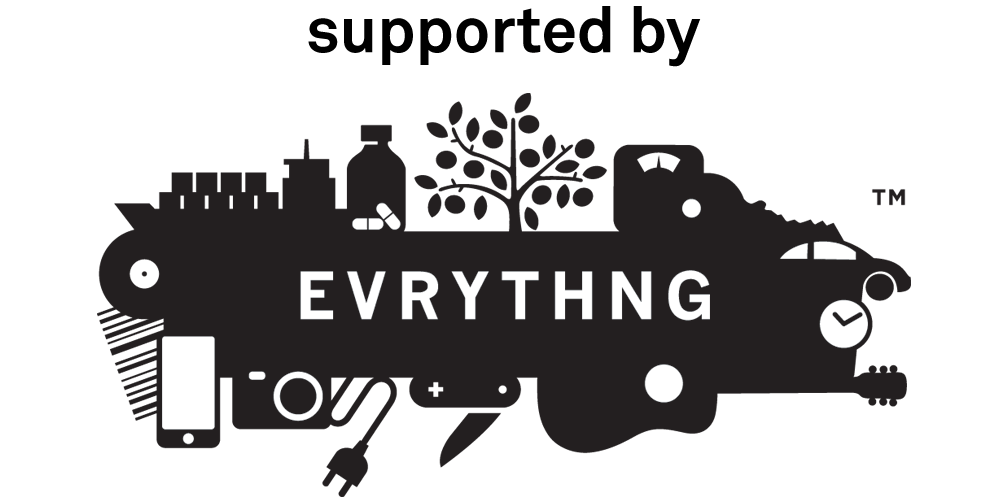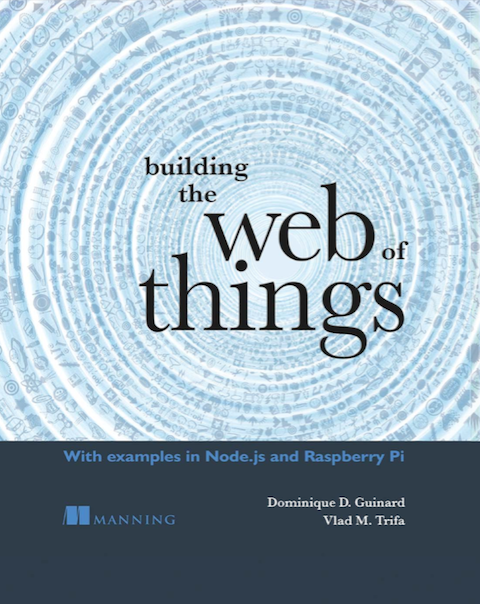As mentioned in some previous post, I attended a couple of weeks ago homecamp in London. The event was awesome and I had good times discussing with the folks over there. I loved the un-conference form as it allows people to show up, set up a demo (like I did ), do a talk (like I did). On the other hand, as it is very chaotic we don’t really know what’s going on and when. I wished to have had the opportunity to discuss more in detail with the people in a more relaxed way, though. Thanks for the organizers for the effort they put to make it happen!
Joe Baguley has shown the beta setup of Green Energy Options, where you can connect to your home through the Internet, turn on/off devices (his house is here). He jokingly said he can switch off the TV of the kids remotely, and know when his wife is home (ahemm, what happens if you put vibration sensors on the bed instead of energy meters???). It has a cute Web interface (like many others), and you can remotely monitor your house.
Paul Tanner proposed a community approach for shareable data, benchmark vs. demographic, refactoring behavior and hardware. He used pachube for storage and presentation of the data and asked how to get more loads of smart meter for gas and water. There are huge opportunities, if one could build a device that you can just plug and play, then people would buy it. If you need to pay for an installer, then maybe not. Another barrier to adoption do not only concern the devices directly – many companies have been doing that for years – but the way data is exported and reused. Indeed, I’ve seen so many More and more trends also about gas and water monitoring (gardening for example, where you adapt watering to humidity). In Singapore, electricity bills can fluctuate by 25% (source: informal talk with one guy), but when people are “hurt” economically by the costs of energy, then they’ll change their minds about it.
I also enjoyed the presentation of Flukso. They are building an energy monitoring using a hacked fonera which is actually a wifi access point with openWRT onboard, and an arduino that is connected to an energy sensing board they designed.
Two folks from AMEE did a cool presentation, where they showed they new gadgets and API functions (for example data format conversion, etc). From what I see they’re going right in the same direction as pachube as they want to allow not only to share energy data but others as well, so it will soon be hard to tell the difference with pachube. Their API is RESTful, which seems interesting to check more out in the future.
ONZO showed their beta prototypes, 2 energy monitoring units. The boring one is a simple LCD display that you can clip on a fridge and shows energy consumption, doesn’t seem more than just that, so it looked boring (okay, a cutely designed little box, sure). The cool one is a clipper that uses induction to recharge the batteries in it, and transmit data over wireless. Hmm, I’ve heard that energy optimizers have that already, gotta check that out too.
Pachube rocked the world as always, and it was lovely to chat with Usman about the pachube apps (one of them being the pachube explorer build by Rick Bulotta from Burning Sky software, one of our previous bosses at SAP). They will soon release a php library that allows people to interact with pachube with a few lines of code, and I totally share their vision on that. Seems like I never have enough time to chat with Usman.
I had the chance to have a nice but short chat with Nigel Crawley (one of our fans) who is into building ambient devices. He showed a demo of his OSC-enabled cute nano-ambient-orb. I was impressed by how cool the touchOSC iPhone application actually is, and I realized that I could use that right away with our prototypes, given that our gateway software has direct support for OSC. On our side, I did a quickie talk (totally à l’arrache, as we say in French), and showed a demo of some of the things we work on. We demonstrated the gateway software we’ve been building for months with my students, integrated a RFID reader and an arduino that emulates a plogg gateway software Dom used to talk about. Soon will be blogging about the famous gateway.
In the end I definitely enjoyed the event, and I was amazed by seeing so many people interested into spending their nights working on open source projects around energy and water conservation, and the motivation was often not only “peace-and-love-save-the-planet”, but actually economic. It’s amazing to see the incentives behind this topic, and really looking forward the next years, and see what people will build in this area (hint: as you have guessed, we’ll soon be in that field as well ;). Okay, sorry for the delay, and as you see lots of things to check out for me (hence the delays in posting :).



